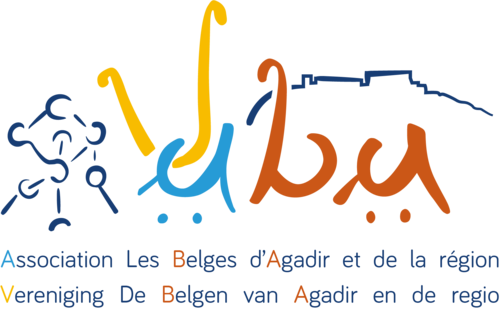The high cost of making cross border payments on the African continent has driven governments on the continent to seek options of settling trade and other transactions in local currencies.
This has given birth to the Pan-African Payment and Settlement System which is scheduled to go live in 2024 under Kenya’s leadership.
Why are African countries exposed in the international currency market?
Three main reasons.
First, African economies are small and as such are highly dependent on trade with the rest of the world.
Their exports are dominated by primary commodities including oil and gas, minerals and cash crop agriculture.
On the import side, they purchase a whole range of goods – from essential commodities not produced at home such as food, drugs and medicines, to capital goods and energy.
A large proportion of these are sourced from China and other major economies of the global north.
But because African countries are small relative to their trading partners they rarely have the power to determine the prices of imports and exports.
They are “price takers” in world markets. And with world prices being set in the major reserve currencies of the world (the US dollar, euro, yen and renminbi), African countries are exposed to movements in these world prices.
Second, “intra-African” trade is still a relatively small proportion of the total trade of African countries.
Finally, since African countries’ currencies mostly can’t be directly exchanged in international transactions, the dollar remains the most widely used currency in trade, even between African countries.
What’s required for the system to get off the ground?
The basic idea of the system is to be able to settle trade between African countries without having to use the US dollar.
…




